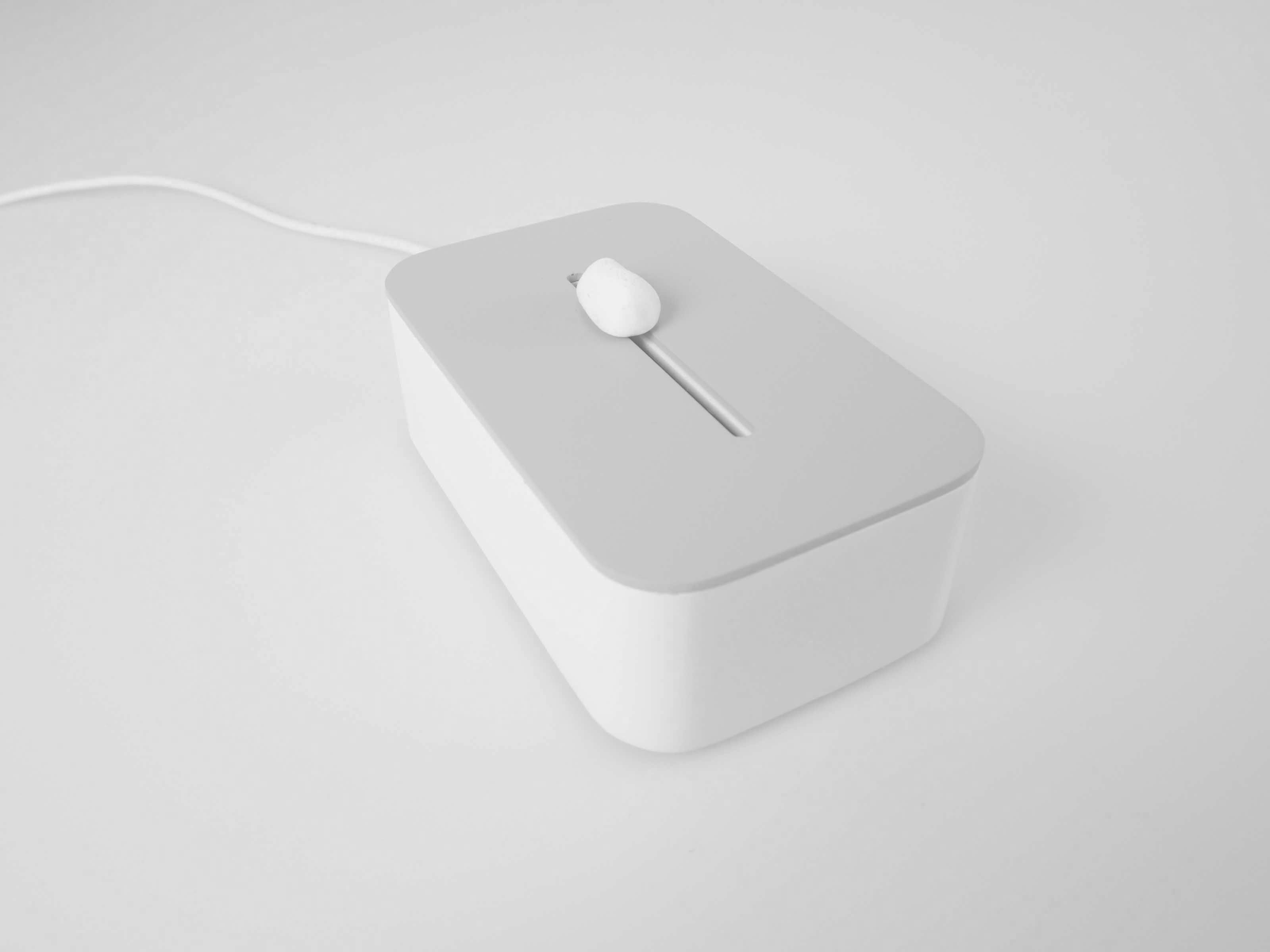Since the moment we could talk and draw, we have been constantly pumping data into the world. Or at least, that is the thesis of Caleb Scharf in his article The Selfish Dataome [1]. However, whereas only “important” things used to be written down, such as the heroics of one’s king or stories of saints and gods, we have now all acquired the ability to generate data about ourselves. Instead of having to get paper and ink in order to produce data, we now start our days generating data. Our mobile phones know through use patterns when we are asleep and when we are awake, they can have an idea of where we live and where we work via location setting. Social media post and likes, and google searches can determine our interests and contacts. All this data is then used to create a digital picture of the real us [2]. How interesting would it be to have an idea of what this picture of us is? Unfortunately, after agreeing to the terms and policies, we sign over the rights to our data and lose (nearly) all sight of our digital self [3]. It could be stated that at the moment, our digital selves are out of our control. This is weird, considering that it is our personal data. How wonderful would it be to have access to our digital self? To be able to control who has access to our data and who is allowed to use it? Because this is lacking at the moment, this project explores how we could gain information about our digital selves. Since data has become so interlinked with us and one could perhaps even agree that it is interlinked with who we are [1][3], this project took inspiration from the idea of digital DNA and the looks of a chromosome map, resulting in your Datanome. The Datanome exist out of animations, which show you the number of cookies and trackers installed per website and the time since the last visit. The speed of the animation is determined by the last visit (if this was recent, the image moves faster) and the number of moving ellipses equals the number of cookies & trackers. In order to create a bridge between the digital and the tangible, the Datanome also exist out of physical sheets presenting a map of your datanome. The map is printed on translucent sheets to reflect the clinical, almost medical association of DNA.
- Project by Rosa van Koningsbruggen
- [1] Scharf, C. (2018, October 25). The Selfish Dataome - Issue 65: In Plain Sight. Retrieved January 23, 2019, from http://nautil.us/issue/65/in-plain-sight/the-selfish-dataome. [2] Hill, A. (2018, June 11). Your digital self - why you should keep every byte you create. Retrieved January 23, 2019, from https://medium.com/textileio/ your-digital-self-why-you-should-keep-every-byte-you-create-3a73bf0b3eb1 [3] Cresci, S., Di Pietro, R., Petrocchi, M., Spognardi, A., & Tesconi, M. (2017, October). Exploiting digital DNA for the analysis of similarities in Twitter behaviours. In Data Science and Advanced Analytics (DSAA), 2017 IEEE International Conference on (pp. 686-695). IEEE.

.JPG)
.JPG)
.JPG)
.JPG)
.JPG)
.JPG)
.JPG)

